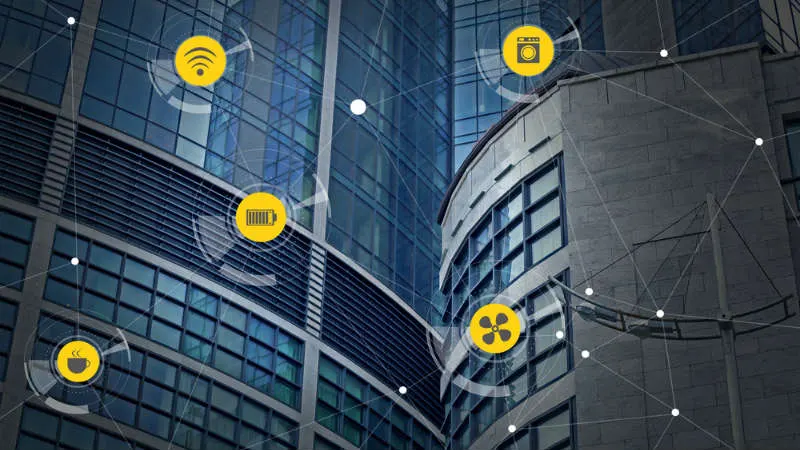Benefits of Smart Architecture
Smart architecture refers to the application of intelligent design tools to existing
buildings. Using these tools, architects, designers, and contractors can enhance the
performance and comfort of their buildings Smart Glass Thailand. This is possible because smart buildings
can be designed to respond to changes in the needs of their residents. By utilizing
these tools, architects and designers can create more flexible and attractive
buildings. Here are a few benefits of smart architecture:

Smart buildings have sensors to detect equipment failure or malfunction before it
occurs. The data collected from the sensors is accurate, supervised, and
temperature-adjusted กระจก ขุ่น. This automated equipment helps improve the efficiency and
security of the building, which is why it must be designed in a aesthetically pleasing
manner. In addition, it requires high-quality architectural 3D modeling to incorporate
new concepts and technology in the design. Aside from using sophisticated tools,
smart architecture must also look attractive.
Smart systems are generally associated with an all-pervasive data regime, where
everything is measured, encoded, and analyzed. As a result, people become data
points. Most visions of “smart” architecture and urbanism focus on the development
of networks of digitally-enabled devices, which are integrated into the fabric of cities
and generate streams of data. The pandemic has also helped raise people’s
acceptance of smart systems. As a result, air quality sensors, for instance, are more
commonly accepted.

In addition to making buildings more energy-efficient and more environmentally-
friendly, smart architecture also helps CRE owners claim utility bill credits and switch
utilities. In a competitive market, offering an innovative tenant-centric approach can
be the differentiating factor that distinguishes your building from competitors.
Intelligent buildings make life easier for tenants, while reducing operating costs. By
incorporating smart technology, architects can increase the occupancy rate of their
buildings while at the same time lowering energy costs.
Another key element of smart architecture is the system hub. This central system
exposes APIs that allow the building’s systems to exchange information. These
systems include sensors, software, and features related to a specific mission. The
system hub controls the basic behavior of each system. Sensor data is fed back to
the controller layer in a closed loop, which minimizes the delay that occurs when
data is transferred from one system to another. It also enables them to be more
responsive to changing conditions.
Smart architecture is becoming more popular and more sophisticated, with more
cities investing in international designers. Smart buildings can help reduce energy
bills, improve accessibility, and even improve the safety of people in the surrounding
area. Architects who understand the needs of people in all walks of life can create
buildings that suit the needs of all their users. For example, automated processes
and sensor technology can improve accessibility, and make user interaction more
convenient. The possibilities of smart architecture are endless.
Currently, many smart buildings are able to provide modern conveniences to their
inhabitants. Smart building technologies can influence the shape and design of a
building. For example, autonomous driving, on-demand car sharing services, elderly
independent living, democratic participation, and local search services are just a few
examples of the ways these technologies can improve the quality of life and the
safety of a city. Smart cities can help owners take their business to the next level.
